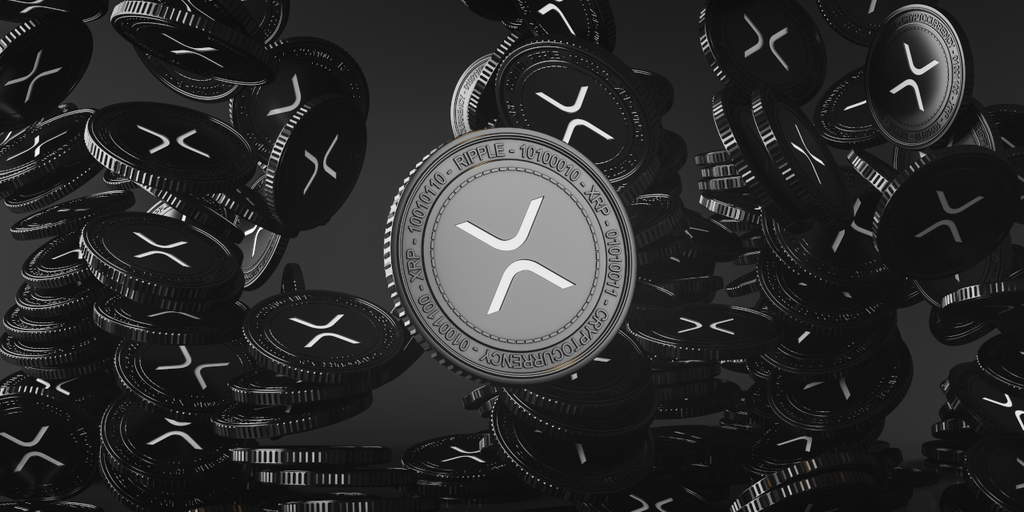- Senate and House align on stablecoin bills, mandating 1:1 reserves and federal oversight for large issuers.
- Regulatory push aims to clarify SEC/CFTC roles, prevent offshore crypto exodus, and address market risks like fraud and volatility.
U.S. lawmakers announced a bipartisan working group to draft regulations for digital assets and stablecoins, signaling renewed efforts to clarify oversight of the crypto sector.
The group, revealed during a press conference on Tuesday, includes White House Crypto and AI Czar David Sacks, Senate Banking Committee Chair Tim Scott, and House Financial Services Committee Chair French Hill, among others. Its mandate spans six months, with recommendations expected by late 2025.
The Trump administration concurrently evaluates creating a national Bitcoin reserve, a proposal Sacks will oversee. While details remain sparse, the initiative aims to explore Bitcoin’s role in federal financial strategy.
This follows years of legislative gridlock, as Congress struggled to reconcile competing bills on stablecoins and crypto market structure.
Senator Bill Hagerty introduced a stablecoin bill hours before the announcement, outlining federal or state oversight for issuers. House leaders confirmed their version will align closely, suggesting bipartisan consensus. The legislation seeks to address jurisdictional ambiguities that previously allowed inconsistent enforcement by agencies like the SEC and CFTC.
The working group comprises officials from the Treasury, Justice Department, SEC, and CFTC. Their recommendations could shape laws governing custody, consumer protections, and market transparency. For stablecoins—digital tokens pegged to assets like the U.S. dollar—the focus will include reserve audits and issuer accountability.
Continuing with ETHNews reports, Sacks emphasized balancing innovation with risk mitigation. “Clear rules protect consumers without stifling growth” he stated, referencing industry complaints about regulatory unpredictability. Crypto firms have long argued that vague guidelines forced them to relocate overseas, costing the U.S. jobs and tax revenue.
The national Bitcoin reserve proposal, while preliminary, reflects growing institutional acceptance of cryptocurrencies. Critics question its feasibility, citing Bitcoin’s volatility and logistical hurdles. Proponents argue it could stabilize Treasury markets by diversifying federal assets, though no timeline or funding specifics exist.
Stablecoin regulation remains a priority. Hagerty’s bill mandates issuers hold cash or cash-equivalent reserves, ensuring 1:1 redemptions. State-chartered firms would face federal oversight if they exceed user or transaction thresholds. This hybrid approach mirrors existing banking rules, aiming to prevent another TerraUSD-style collapse.
Market traders reacted cautiously. “Clarity is welcome, but overreach could push innovation elsewhere” said a Coinbase executive. Others noted bipartisan cooperation increases the likelihood of passage, unlike prior divided Congresses.
The working group’s formation coincides with global moves to regulate crypto, including the EU’s Markets in Crypto-Assets (MiCA) framework. U.S. lawmakers aim to avoid ceding leadership in financial technology while addressing risks like money laundering and fraud.
For now, the working group’s success hinges on bridging ideological gaps. Previous efforts faltered over disputes about SEC-CFTC authority and state vs. federal roles. With Sacks coordinating and elections looming, stakeholders await whether this push will finally deliver the rules crypto’s turbulent sector demands.
The post Federal Bitcoin Vault? The Hidden Agenda Behind Washington’s New Crypto Task Force appeared first on ETHNews.
ETHNews – Read More









